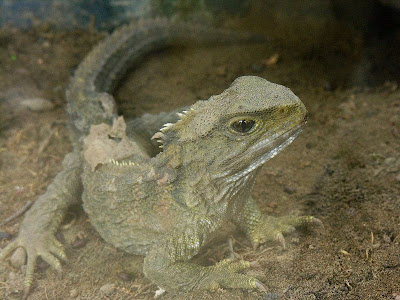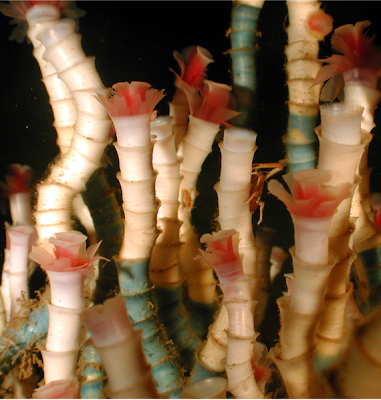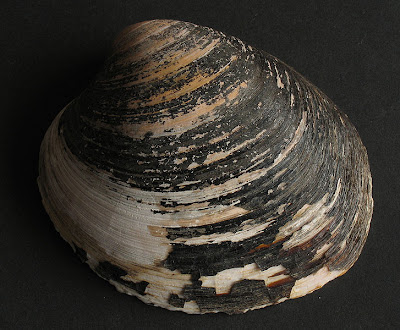10. Geoducks
9. Tuataras
8. Lamellibrachia tube worms
Lamellibrachia tube worms have been known to live 170 years, but many scientists believe there may be some that have lived for more than 250 years. Lamellibrachia tube worms are tube worms (L. luymesi) that live along hydrocarbon vents on the ocean floor.
7. Red sea urchins
The red sea urchin or Strongylocentrotus franciscanus lives in shallow, sometimes rocky, waters from the low-tide line down to 90 meters and crawls along the ocean floor using their spines as stilts. It found only in the Pacific Ocean, primarily along the West Coast of North America. Some specimens of the red sea urchins are more than 200 years old.
6. Bowhead whales
Bowhead whales or Arctic whales are by far the longest living mammal on Earth. Some bowhead whales have been found with the tips of ivory spears still lodged in their flesh from failed attempts by whalers 200 years ago. The oldest known bowhead whale was at least 211 years old.
5. Koi
Koi are ornamental varieties of domesticated common carp that are common in artificial rock pools and decorative ponds. Some varieties are capable of living more than 200 years. The oldest known koi was Hanako, that died at the age of 226 on July 7, 1977.
4. Tortoises
Tortoises are considered the longest living vertebrates on Earth. One of their oldest known representatives was Harriet, a Galápagos tortoise that died of heart failure at the age of 175 years in June 2006 at a zoo owned by the late Steve Irwin. Harriet was considered the last living representative of Darwin's epic voyage on the HMS Beagle. An Aldabra giant tortoise named Adwaita died at the rumored age of 250 in March 2006
3. Ocean quahog
The ocean quahog (Arctica islandica) is a species of clam that is exploited commercially. Researchers have interpreted the dark concentric rings or bands on the shell as annual marks, much like a tree has rings. Some collected specimens have been calculated to be more than 400 years old.
2. Antarctic sponge
image: Canadian Museum of Nature
Perhaps due to the extremely low temperatures of the Antarctic Ocean, this immobile creature has an extremely slow growth rate. Some estimate the oldest known specimens are 1,550 years old.
1. Turritopsis nutricula jellyfish
This species of jellyfish might be the only animal in the world to have truly discovered the fountain of youth. Since it is capable of cycling from a mature adult stage to an immature polyp stage and back again, there may be no natural limit to its life span. Because they are able to bypass death, the number of individuals is spiking. "We are looking at a worldwide silent invasion," says Dr. Maria Miglietta of the Smithsonian Tropical Marine Institute.
Source: Mother Nature Network




















No comments:
Post a Comment